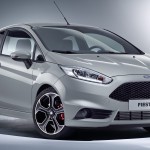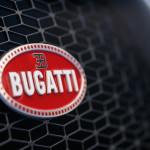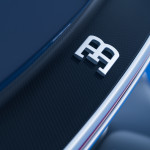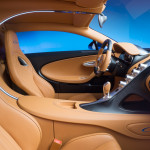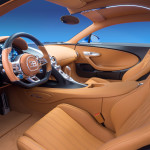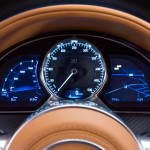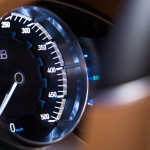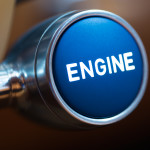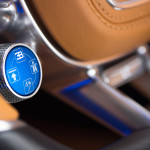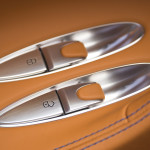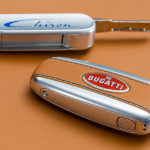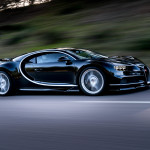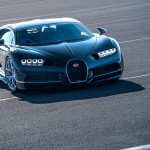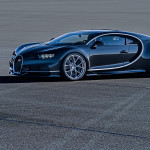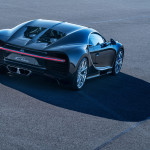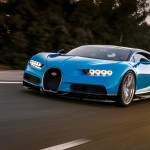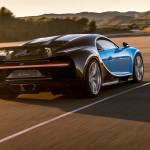Five years ago, launching a decent streaming platform took millions. Now? A teenager with a laptop can build something that reaches millions. That shift…
The Bugatti Chiron: replacing a legend isn’t easy
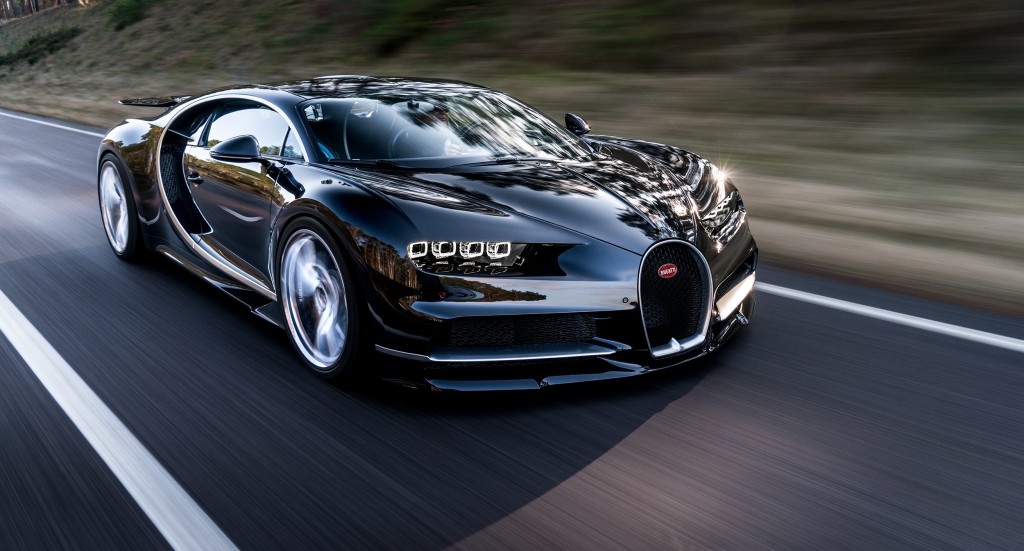
When it launched in 2005, the Bugatti Veyron was the pinnacle of motoring engineering, a position it largely maintained throughout its production run. Not, then, an easy act to follow. But that’s exactly what Bugatti’s new hypercar, the Chiron, has to do.
It’s certainly got the speed and power part right, with the Chiron’s 1500bhp powertrain propelling the car to a top speed of 420km/h (on the road)
From a looks perspective, many of the elements that made the Veyron so great have been retained in the Chiron. That’s good, and also appears to be a deliberate move on Bugatti’s part. The Veyron had a certain timelessness about it, which is what the Volkswagen-owned marque is hoping to impart on the Chiron.
“In view of our extraordinary brand and the task in hand, it would not be adequate to simply draw a few fashionable lines,” says Bugatti Director of Design Achim Anscheidt. “In terms of design, the Chiron was an opportunity to develop most of the basic elements required for an unambiguous stylistic concept from the extreme technical requirements of the vehicle with a view to underlining the performance of this unique super sports car.”
“This principle of form following performance defines the Chiron as an authentic technical product and a fascinating automobile sculpture,” Anscheidt adds. “Both for our customers and for us as designers, it is important for a Bugatti to have a certain stylistic longevity so that it is still perceived as precious in 10 or even 50 years.”
Bigger, better tech
Technologically, there’s plenty to be said for the Chiron too. According to Chiron’s press site, more than 50 controllers manage the engine and transmission, the chassis components, the air conditioning and comfort functions.
And in order to ensure that a Bugatti remains compatible for many years with peripheral hardware and software which is continuously being developed, the processors fitted to certain controllers feature additional capacity for later programming.
New developments on the Chiron include the complex LED lighting system, the infotainment system with instrument cluster and the air conditioning control unit. You’ll also be able to digitally control what kind of lighting welcomes you into the car, presumably via an app as well as via the car’s infotainment system.
Power!
One of the big draw points of the original Veyron was the sheer, insane amount of power it had. At 100bhp, no car had ever had as much oomph behind its engine. At the time, it was difficult to imagine how anyone could realistically build something more powerful.
Eleven years later, there have been a number of challengers to the Veyron’s throne and Bugatti was able to push up its output to 1500bhp. To achieve this objective, the famous eight-litre W16 engine (made by bolting two V8s together) was completely redesigned.
According to Bugatti, “almost every component of the engine was considered and redesigned”. To compensate for the weight increase caused by the high power output, it used more lightweight materials such as Titanium and Carbon Fibre. For example, the intake tube, the charge air system and the chain housing are all made of carbon fibre.
The key factors in the increased power output are higher-performance turbochargers and duplex fuel injection with 32 injectors. In addition, the charge air cooling system has been improved. As a result, more than 60 000 litres of air per minute are pumped through the engine. The coolant pump is also a very high-performance unit. In one minute, it circulates 800 litres of water through the entire engine.
Sleek and smooth
Of course, all that power means nothing if you move through the air like a brick. But the quest for great aerodynamics comes with its own set of challenges. The Chiron, for instance, is largely enclosed, making it difficult to get airflow through the powertrain. That’s a problem. An internal combustion engine with a power output of 1 500 HP can generate more than 3 000 HP of heat which needs to be dissipated.
In order to ensure lower drag, the effective drag area was reduced and designed in such a way that turbulence as a result of rotating wheels is avoided. The remaining exposed area at the front of the vehicle is used in a targeted way to guide the oncoming air through and around the car.
There’s also a whole load of detail around the brakes, cooling waterloops, and the Chiron’s monocoque structure, but we suspect you’re probably keen to have a look at some pictures of the Chiron at this point, so that’s what we’ll let you do.

Bugatti Chiron

Bugatti Chiron
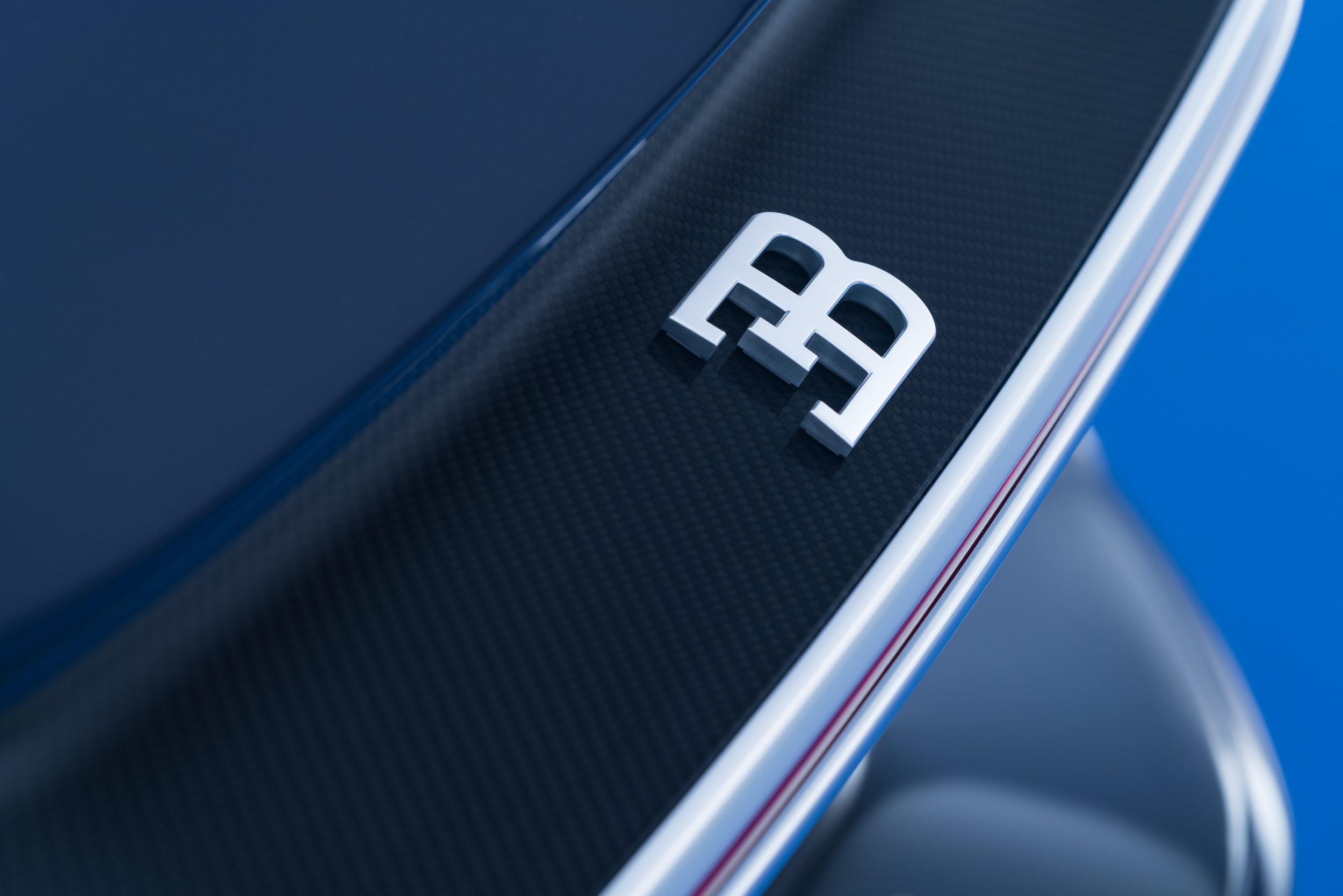
Bugatti Chiron
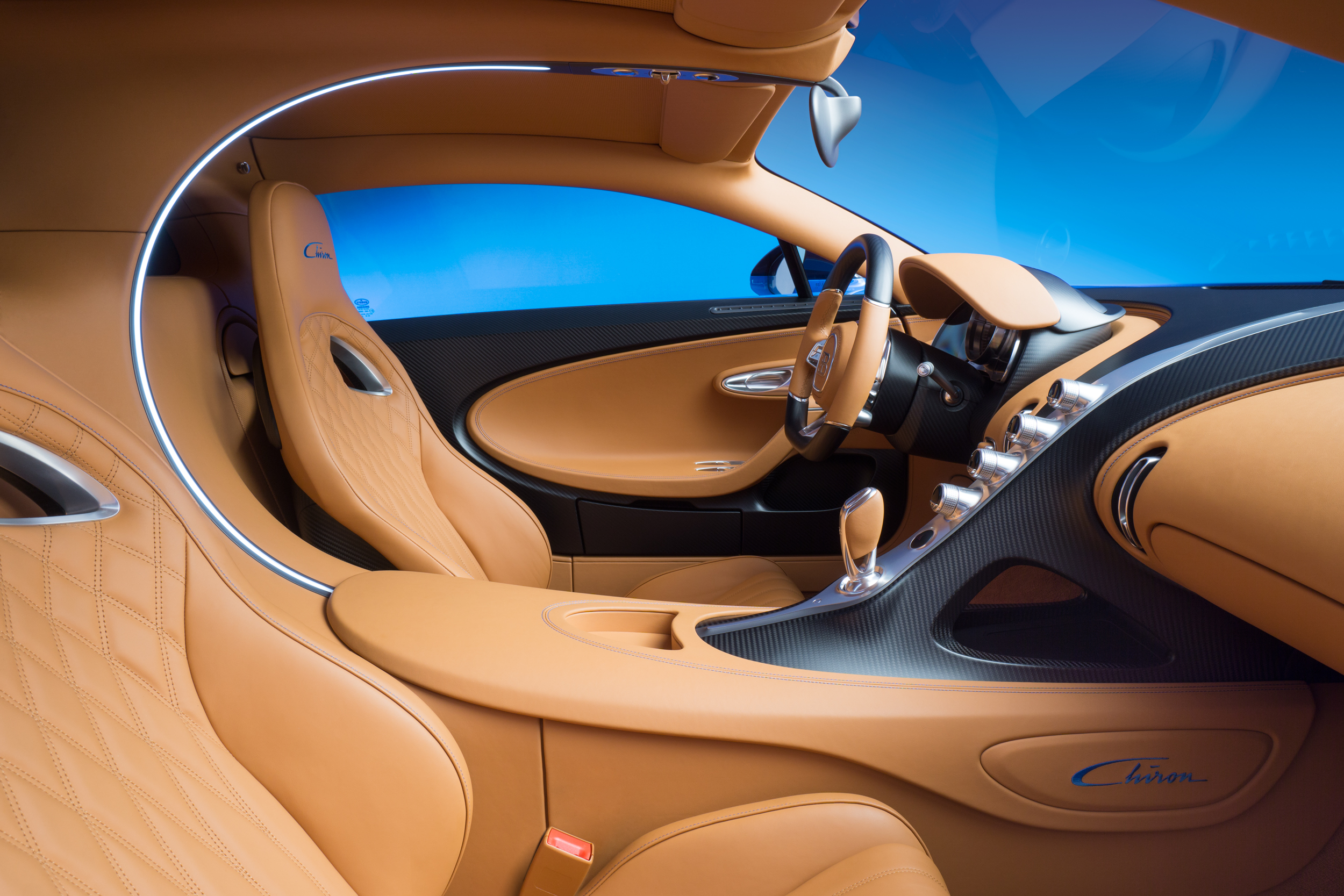
Bugatti Chiron
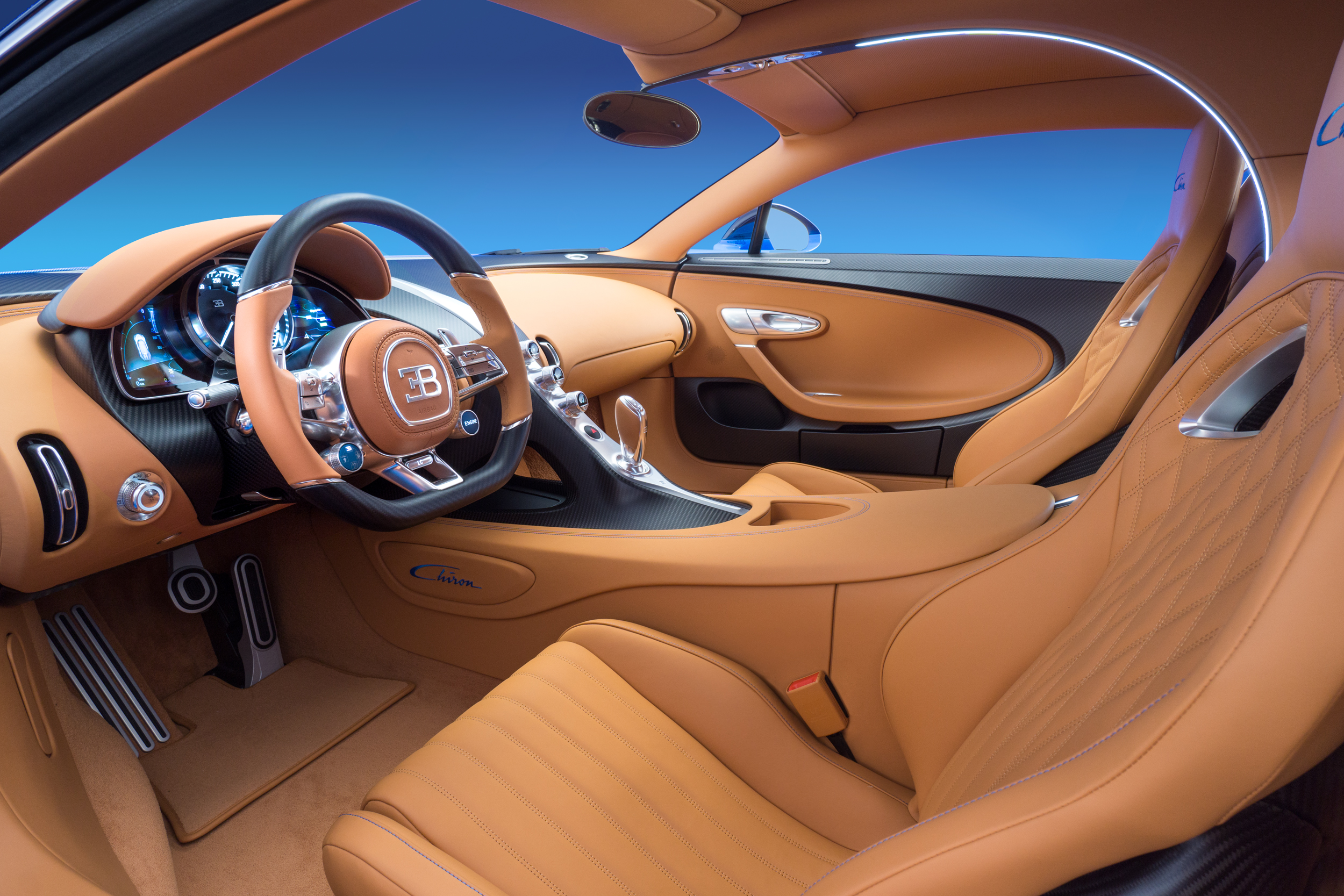
Bugatti Chiron
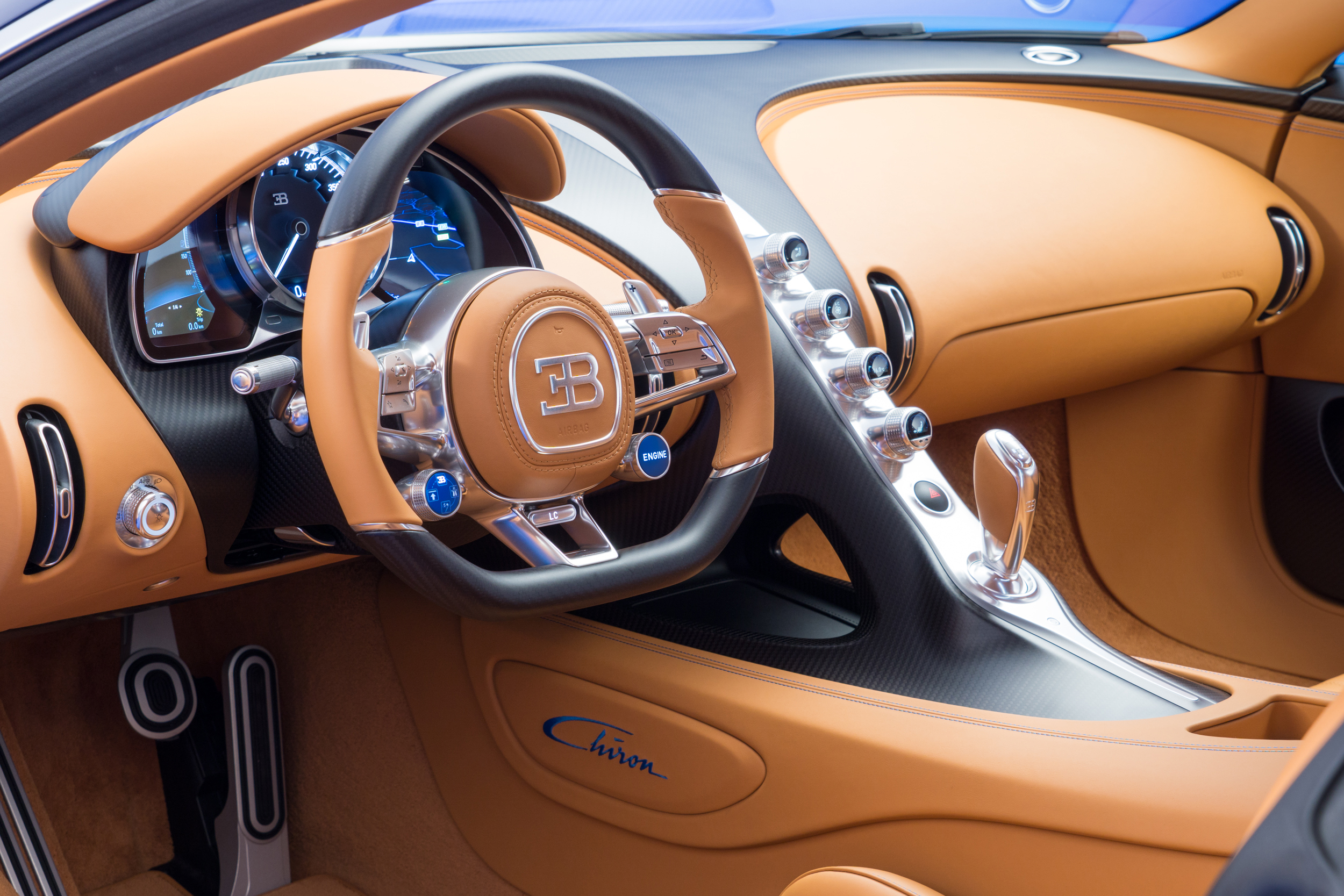
Bugatti Chiron
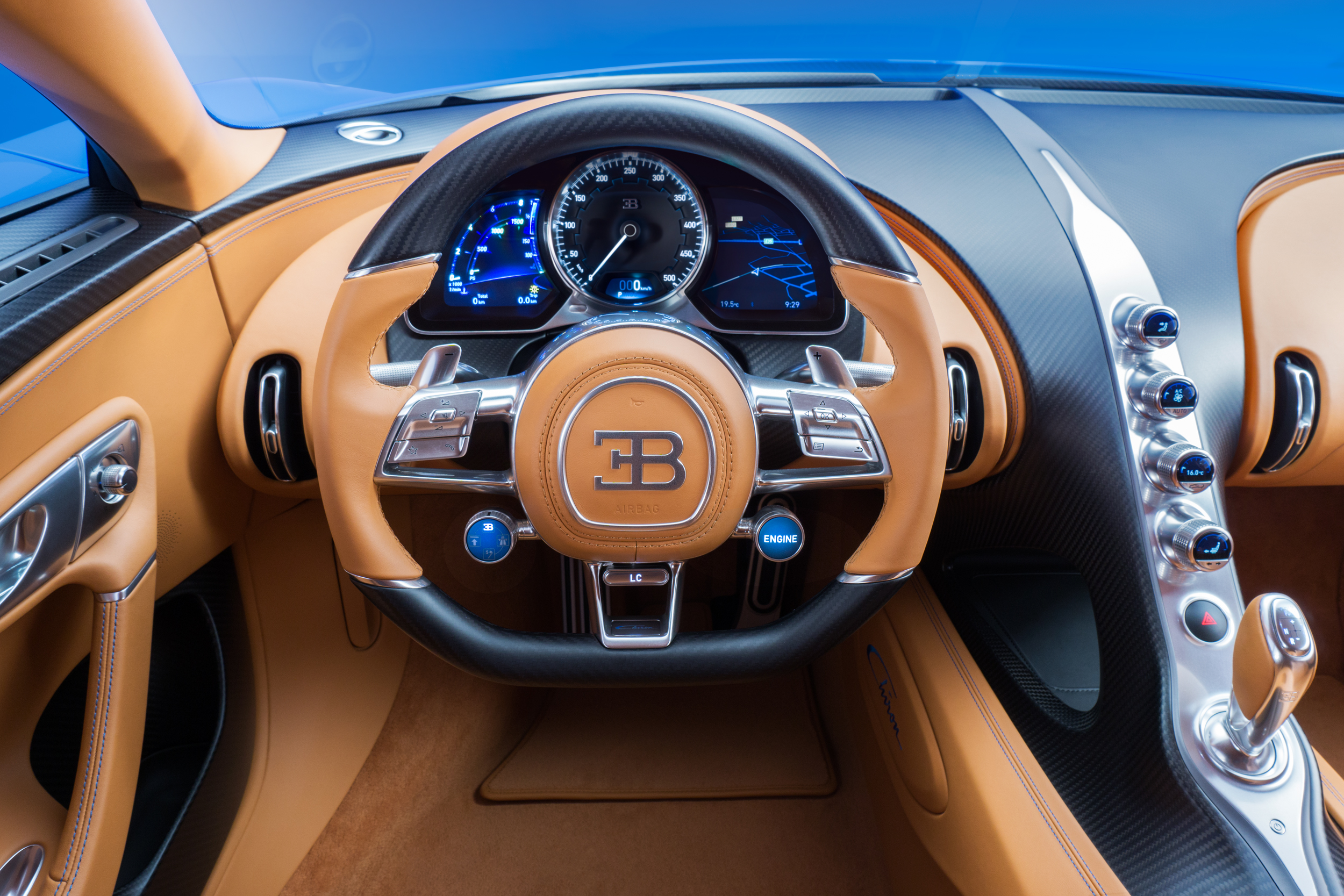
Bugatti Chiron
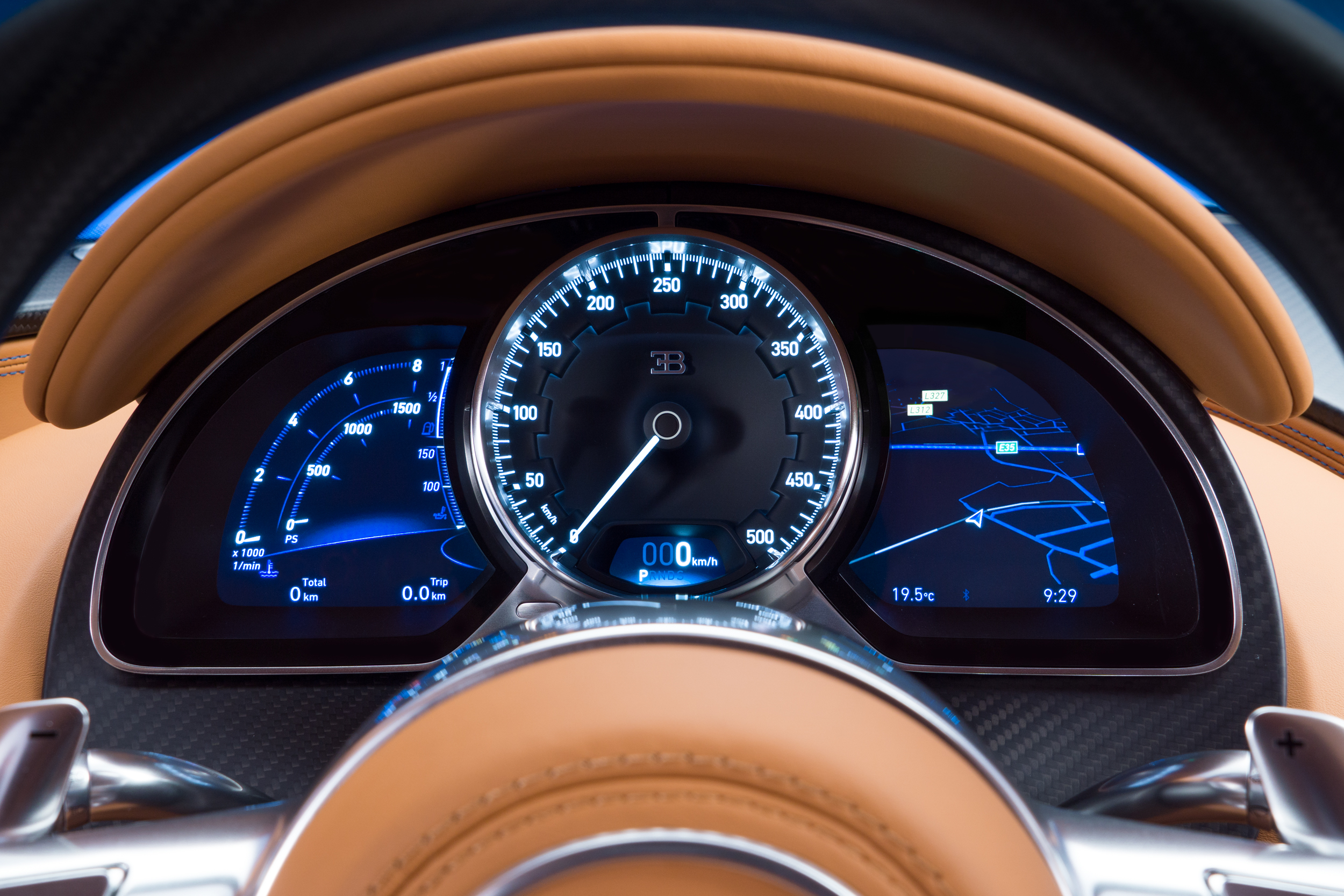
Bugatti Chiron
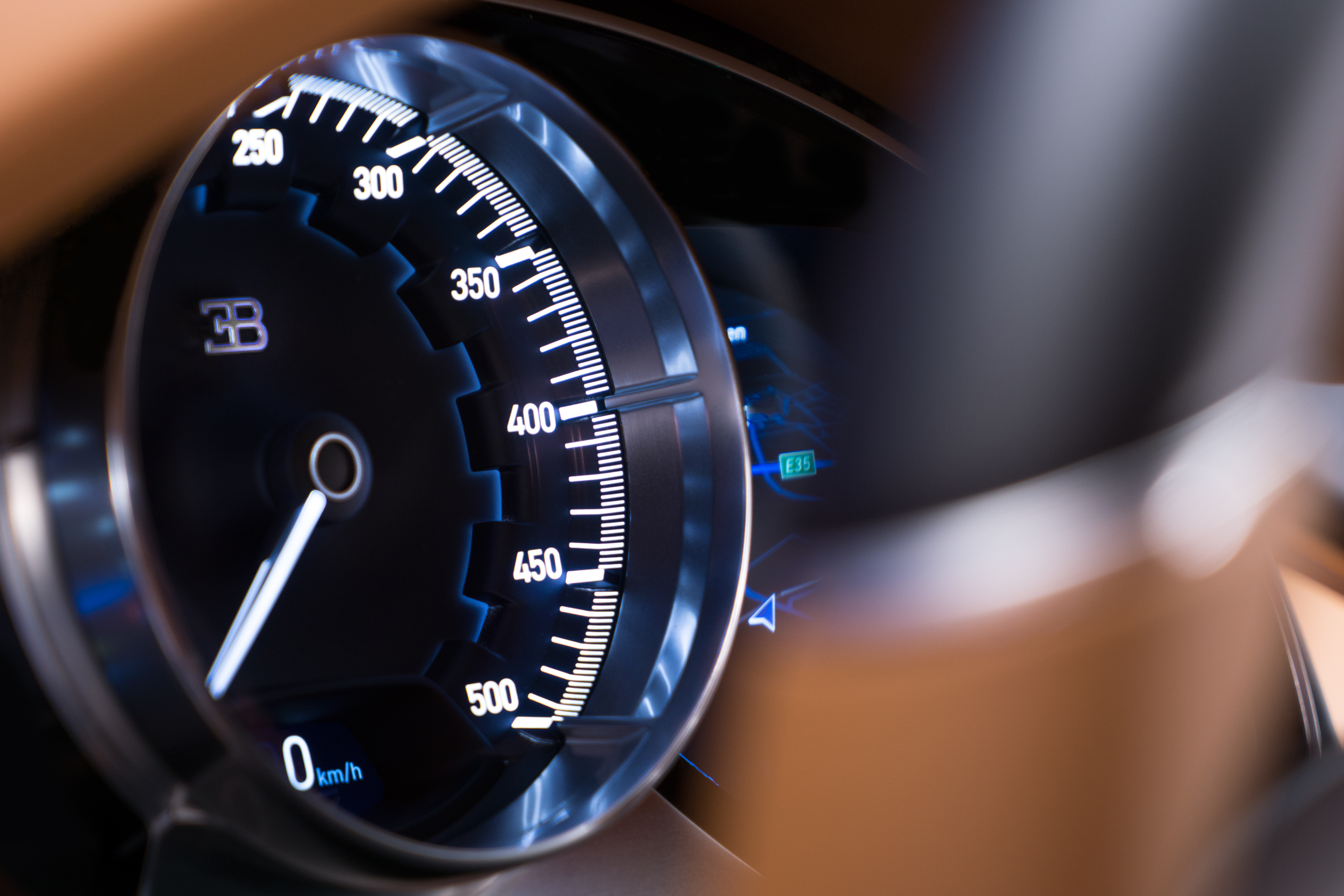
Bugatti Chiron
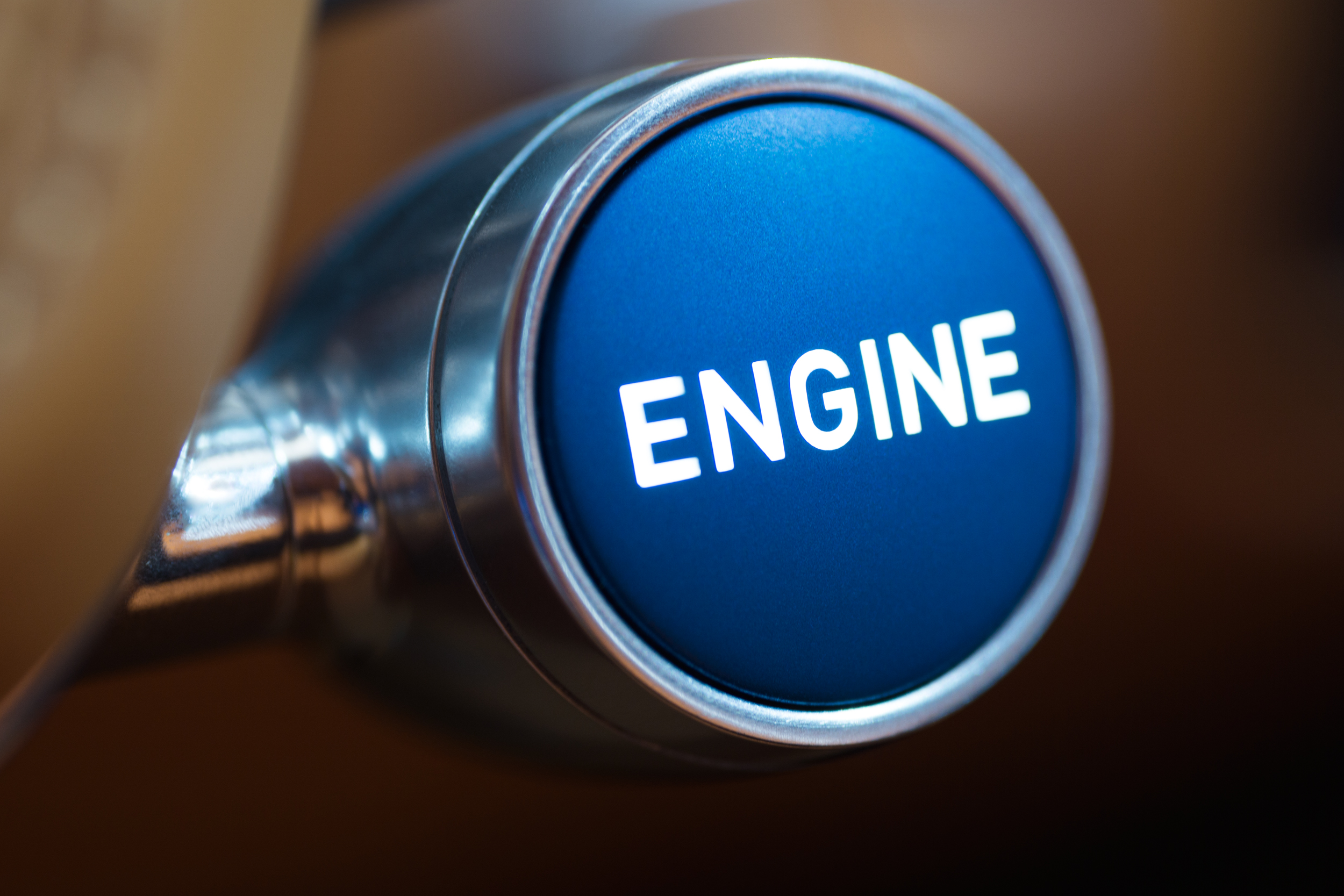
Bugatti Chiron
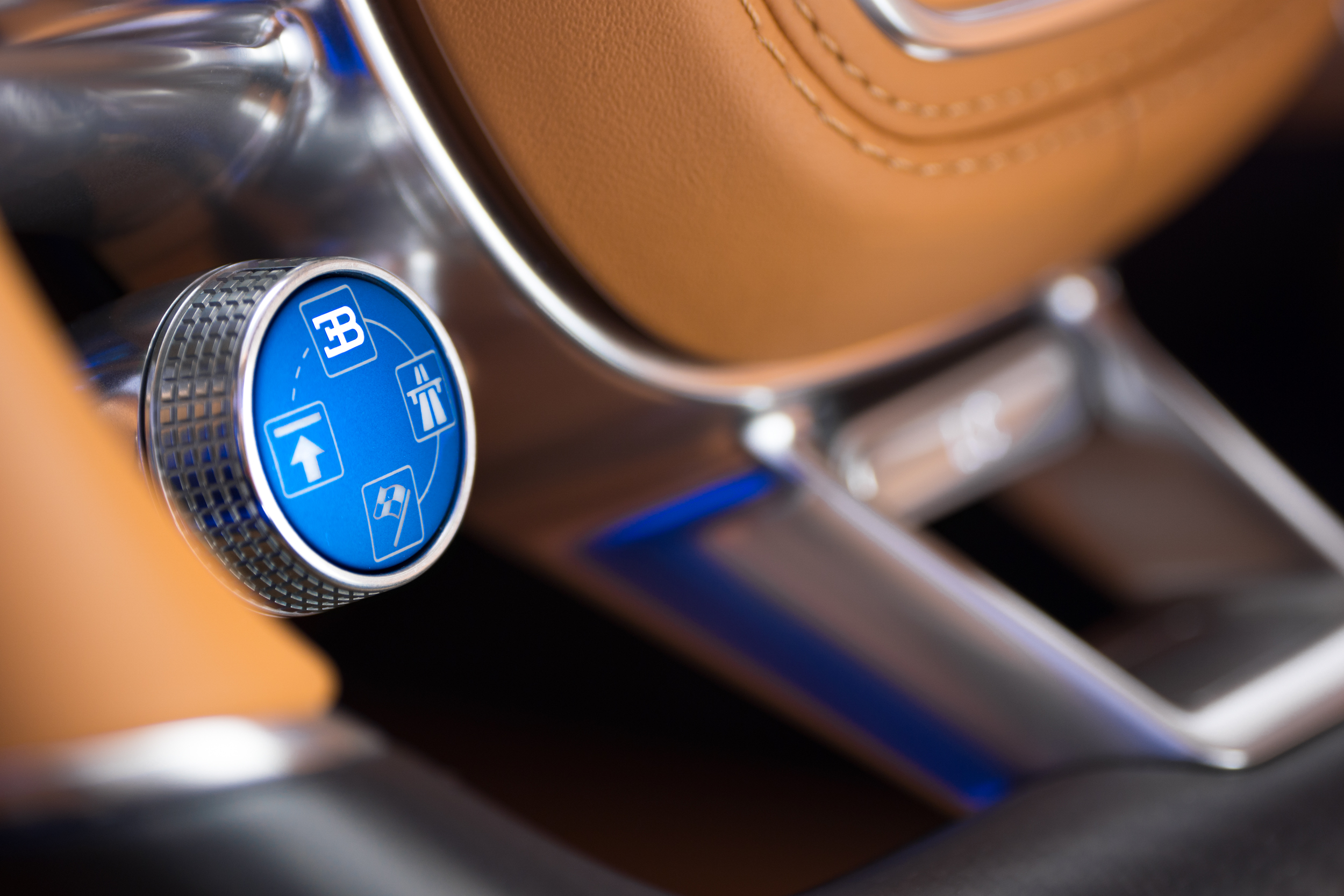
Bugatti Chiron
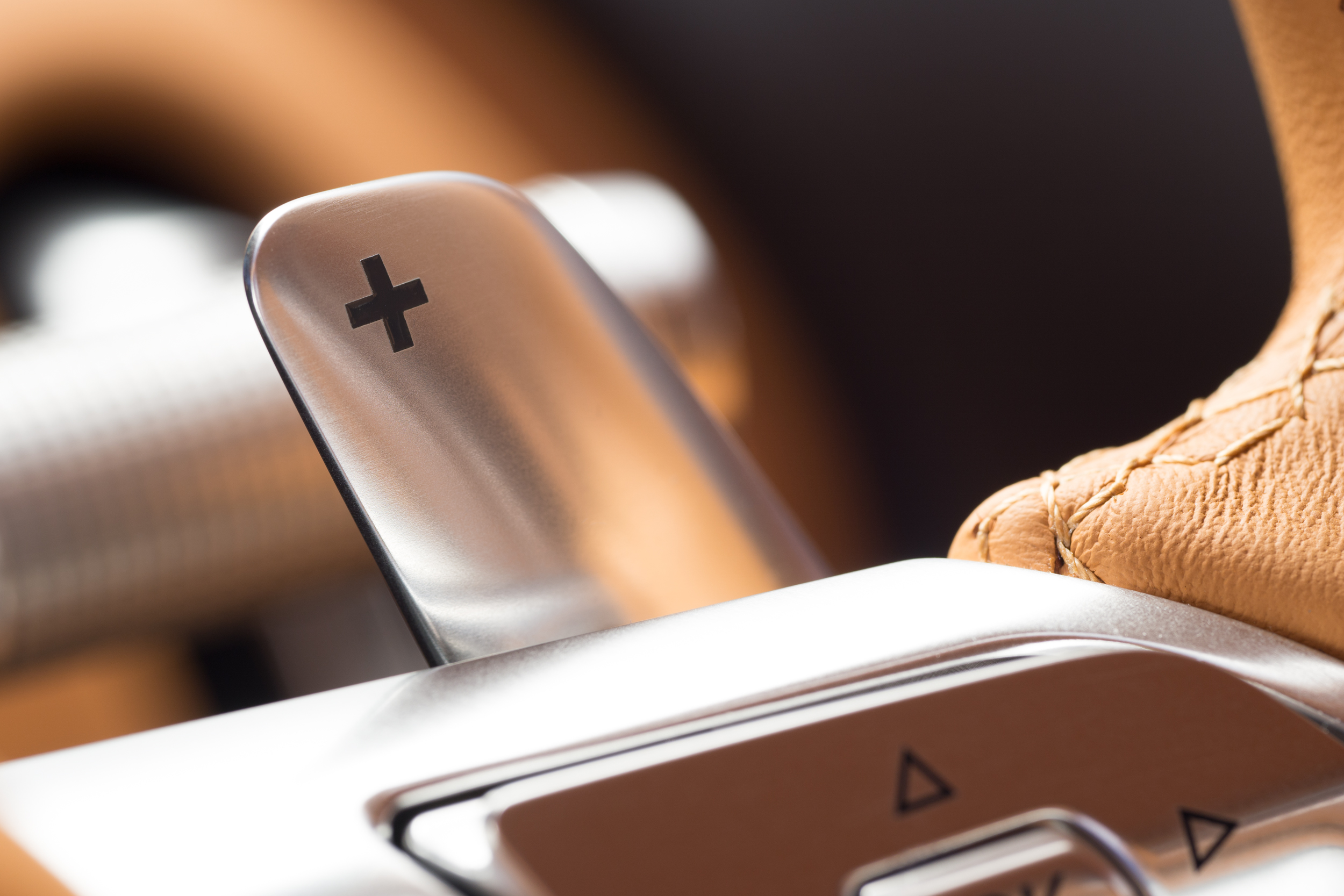
Bugatti Chiron
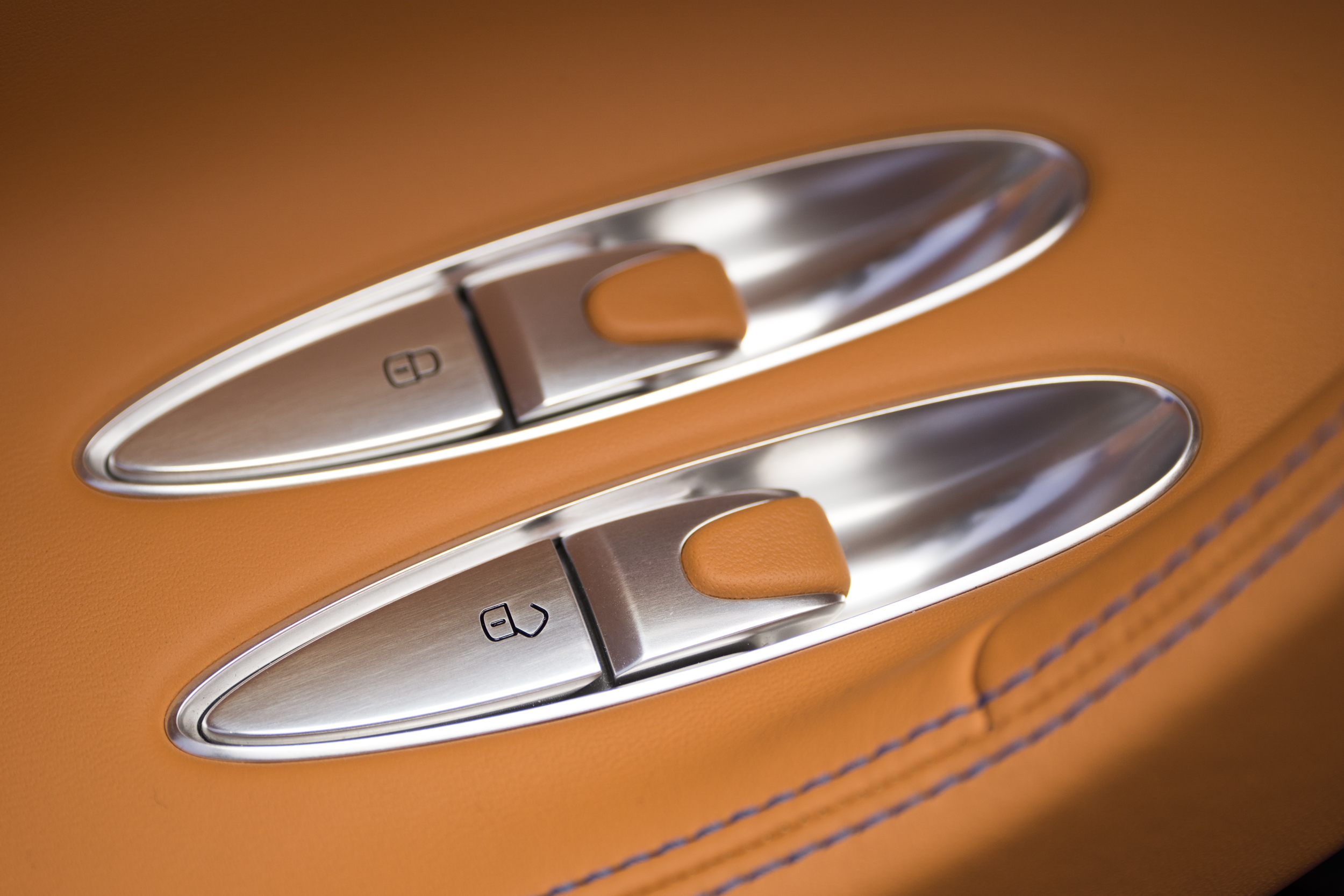
Bugatti Chiron
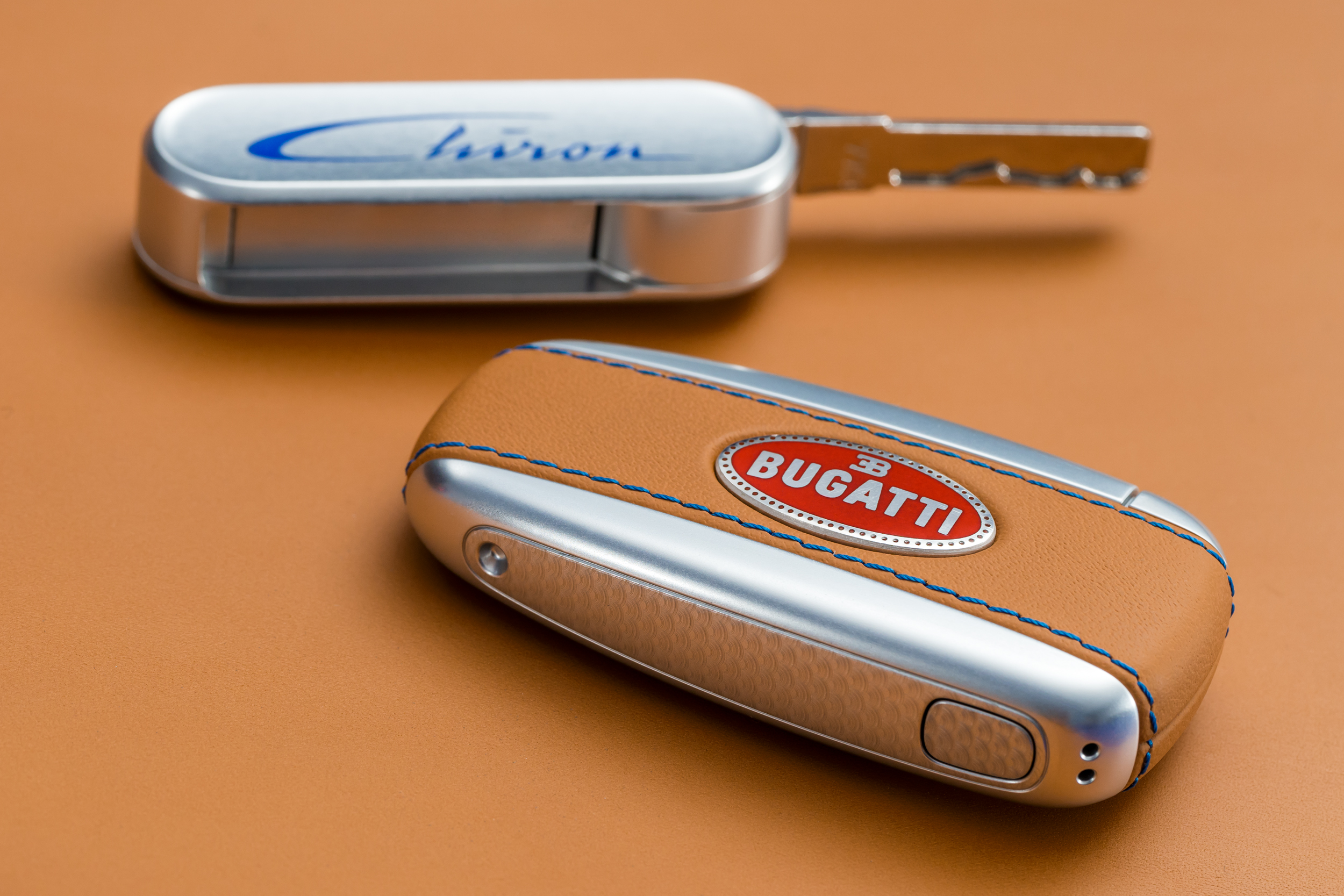
Bugatti Chiron
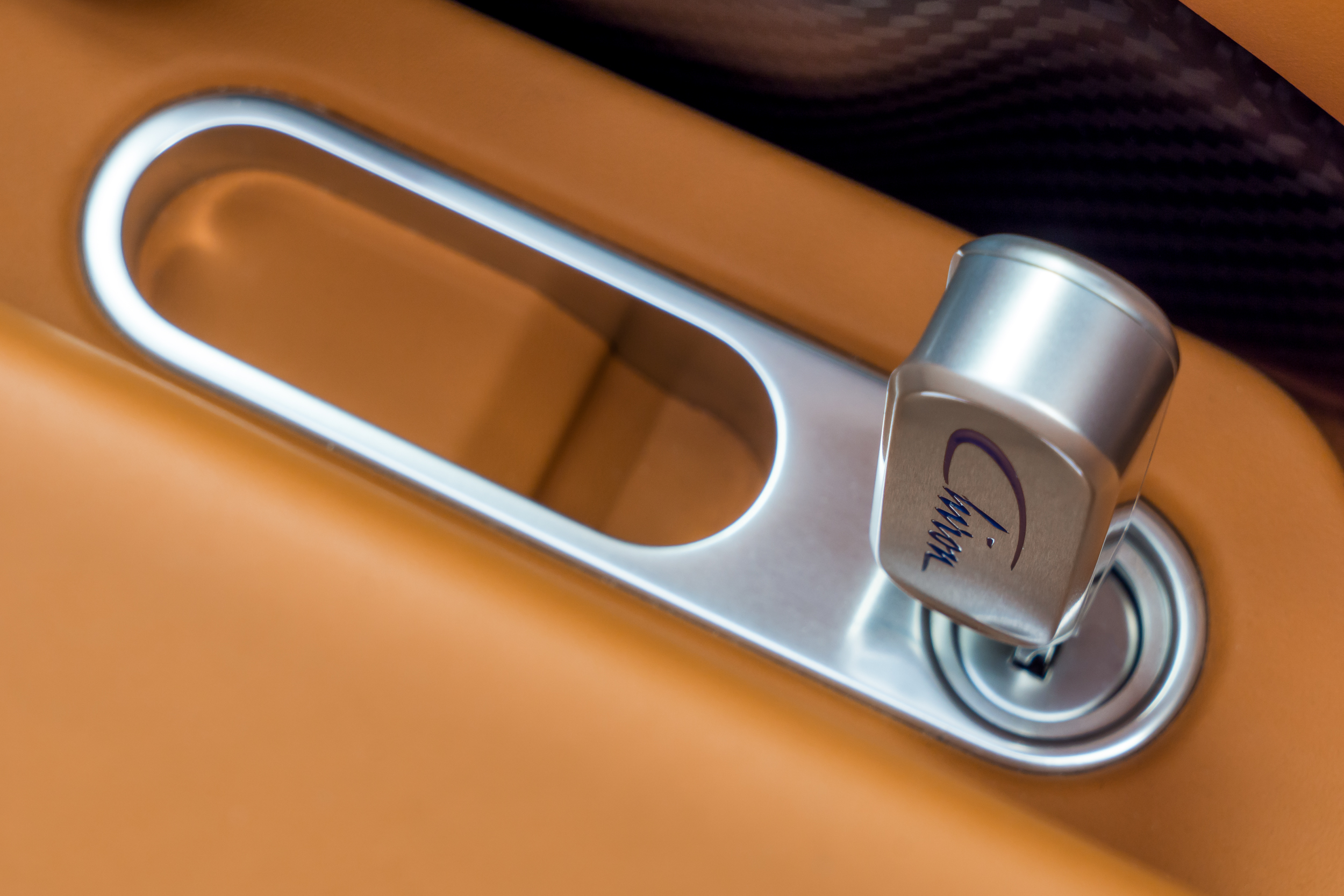
Bugatti Chiron
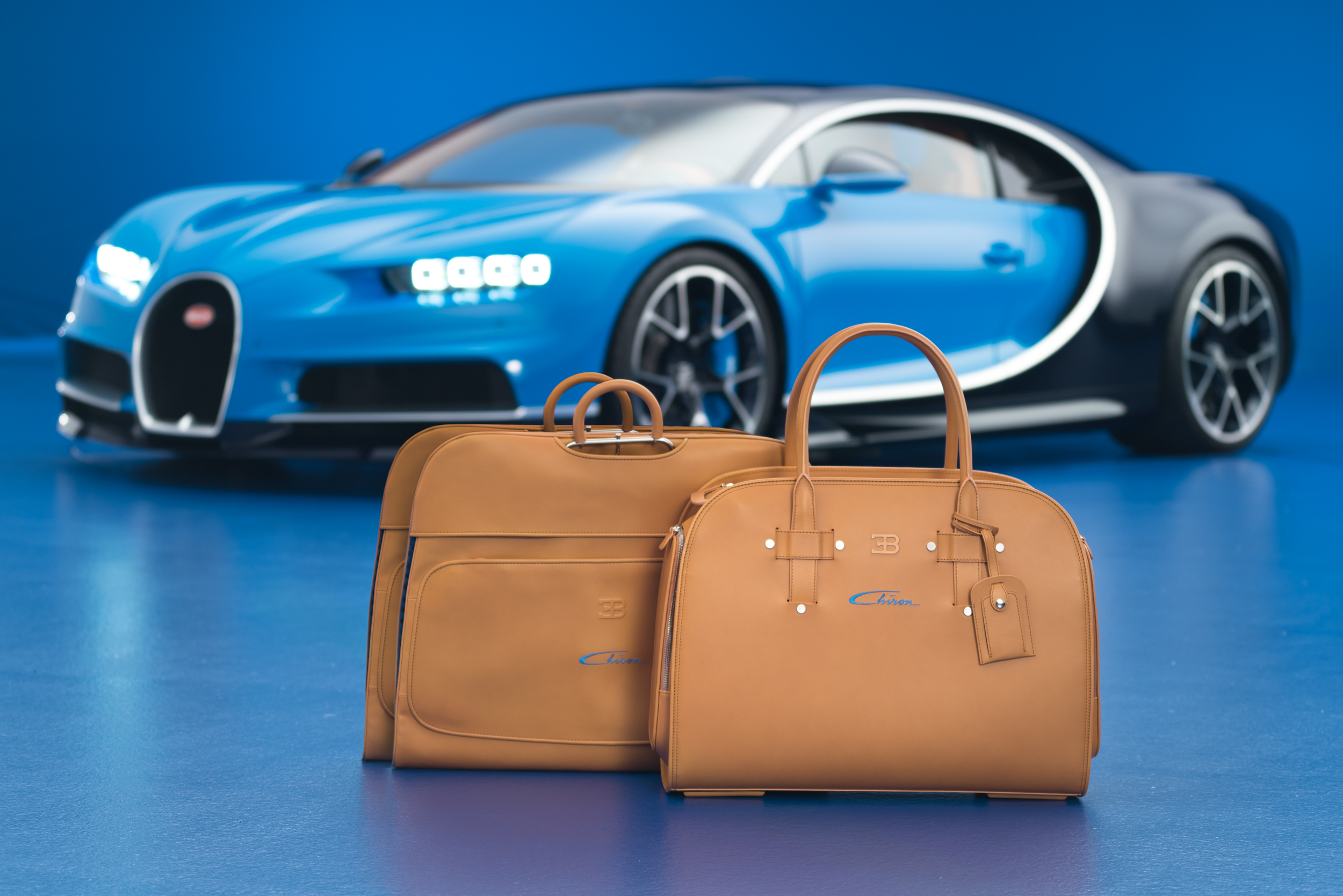
Bugatti Chiron
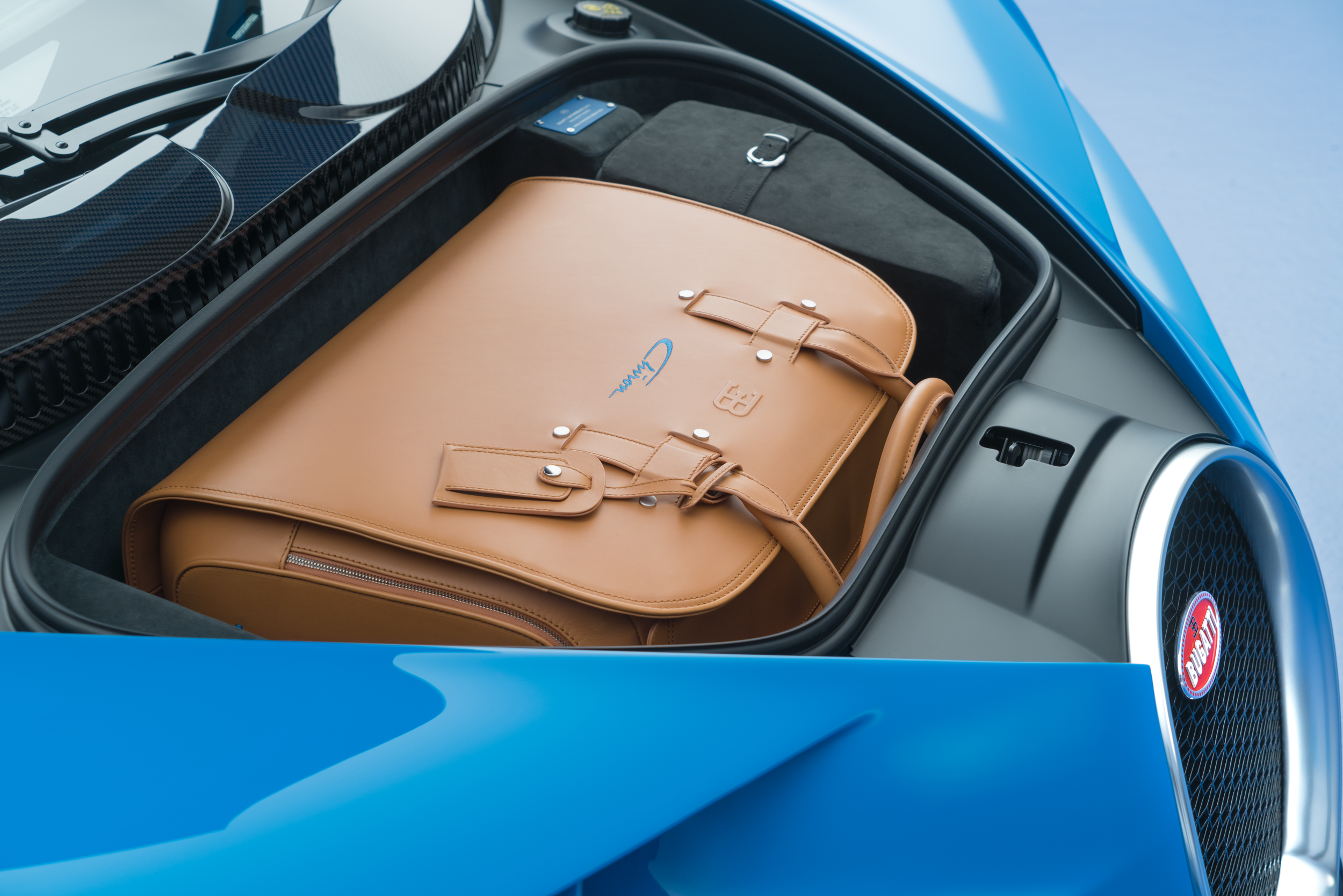
Bugatti Chiron

Bugatti Chiron
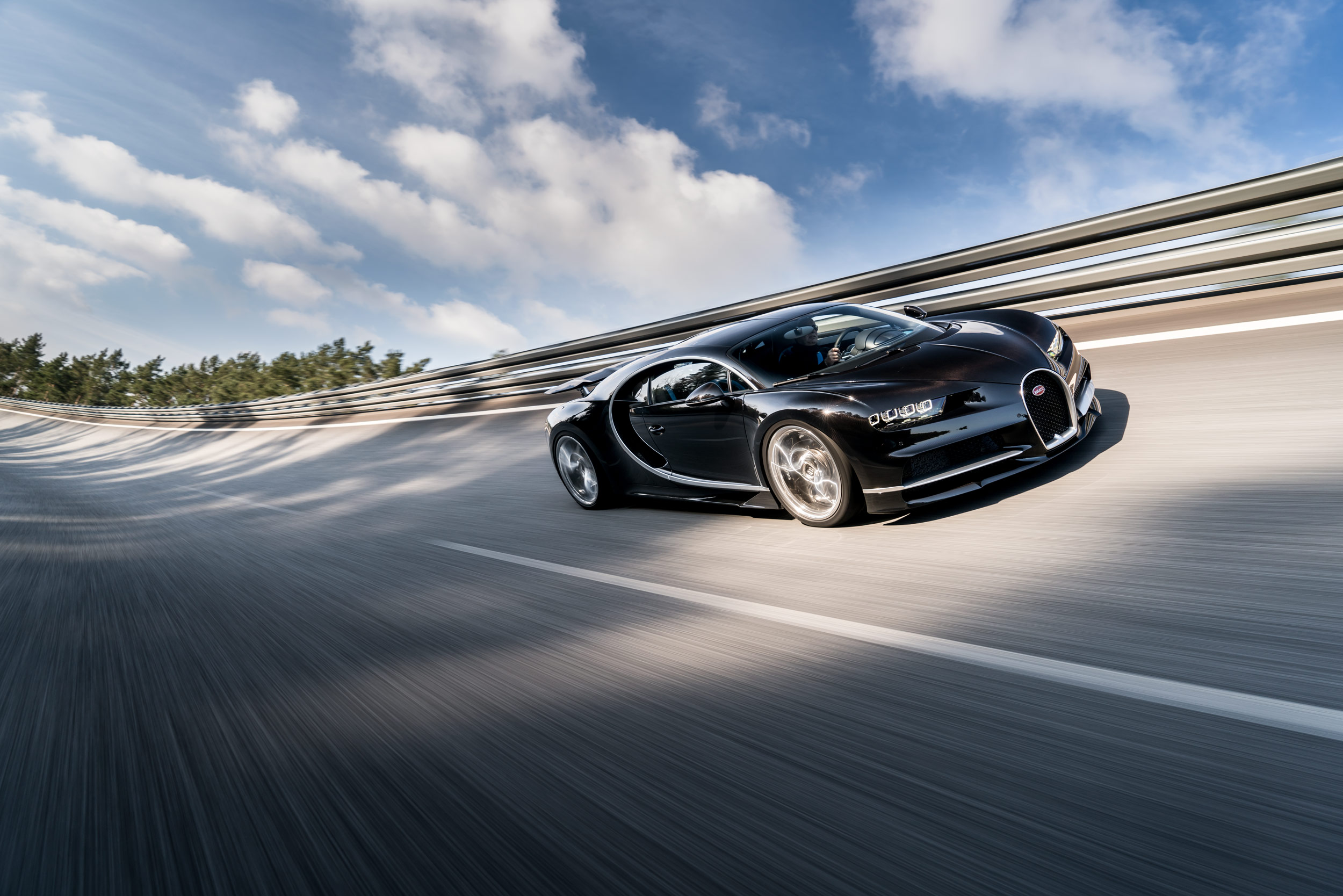
Bugatti Chiron

Bugatti Chiron
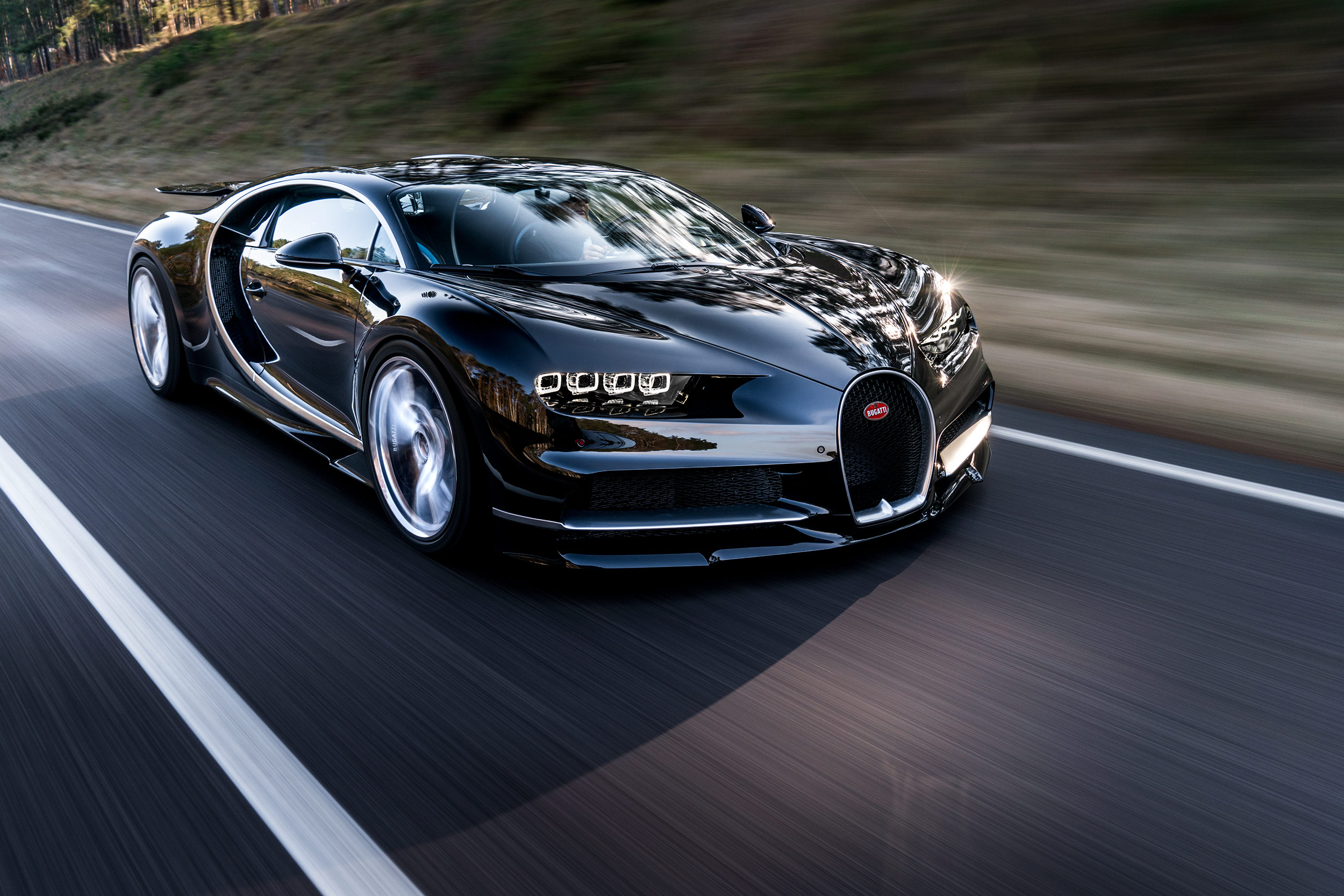
Bugatti Chiron
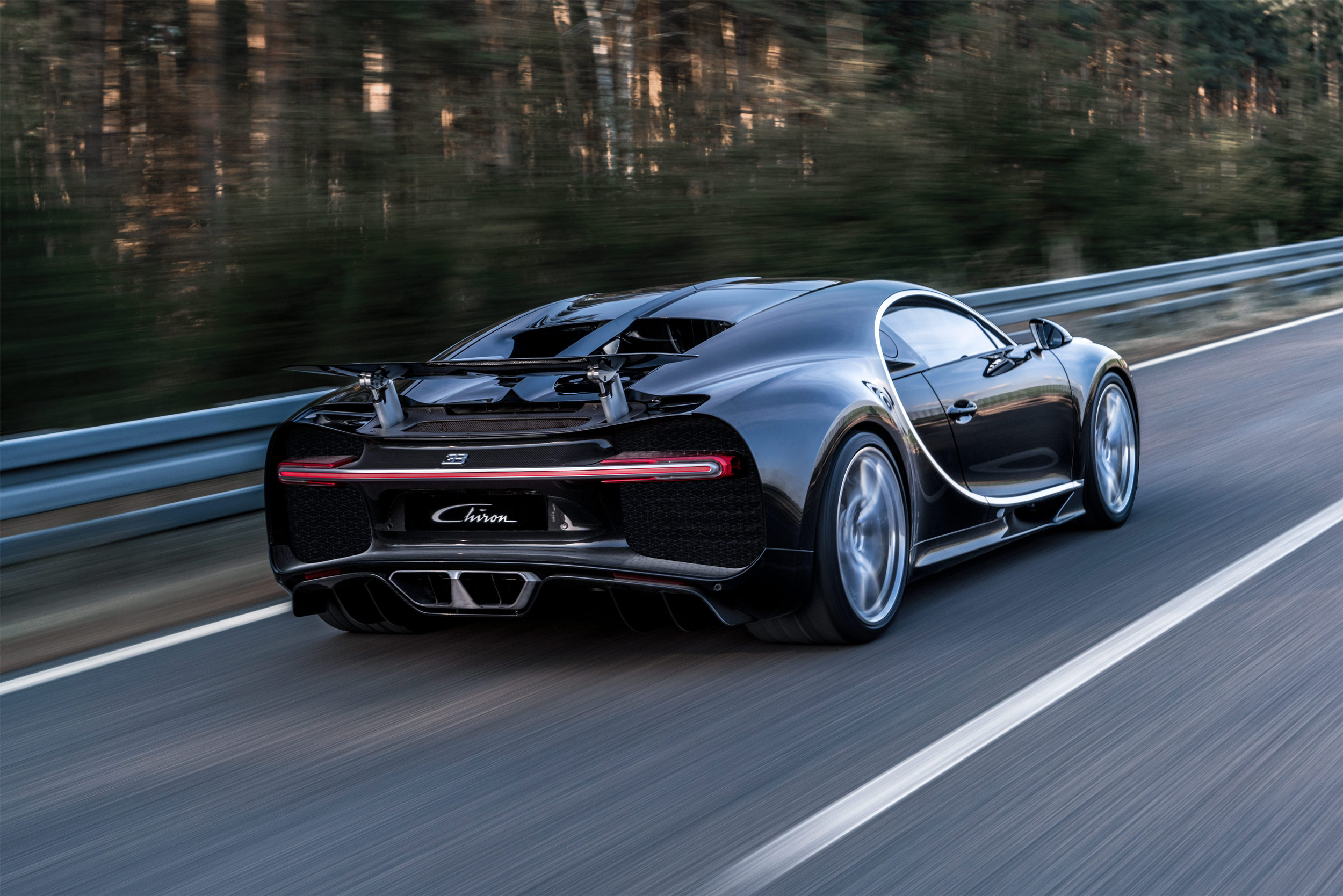
Bugatti Chiron
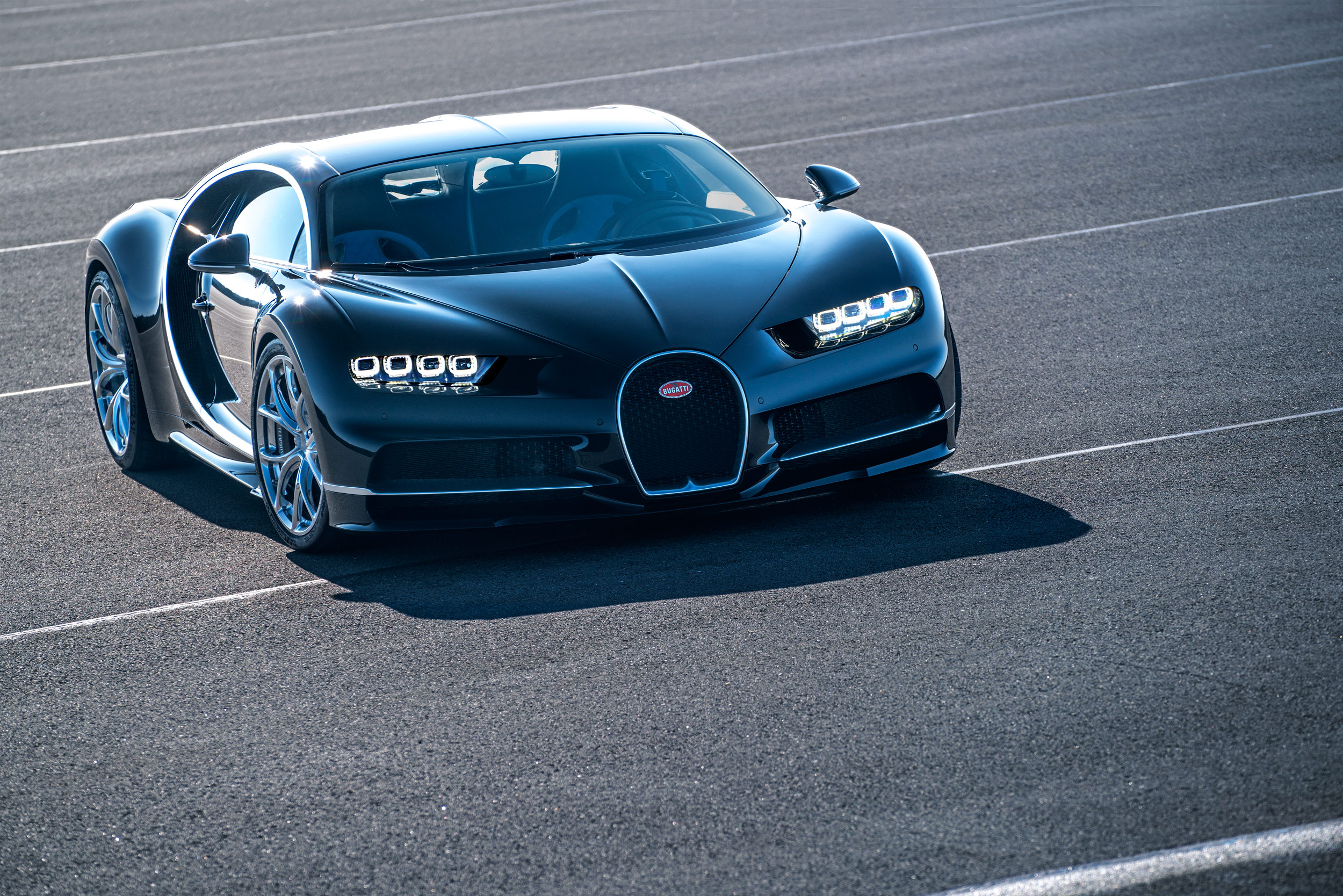
Bugatti Chiron

Bugatti Chiron
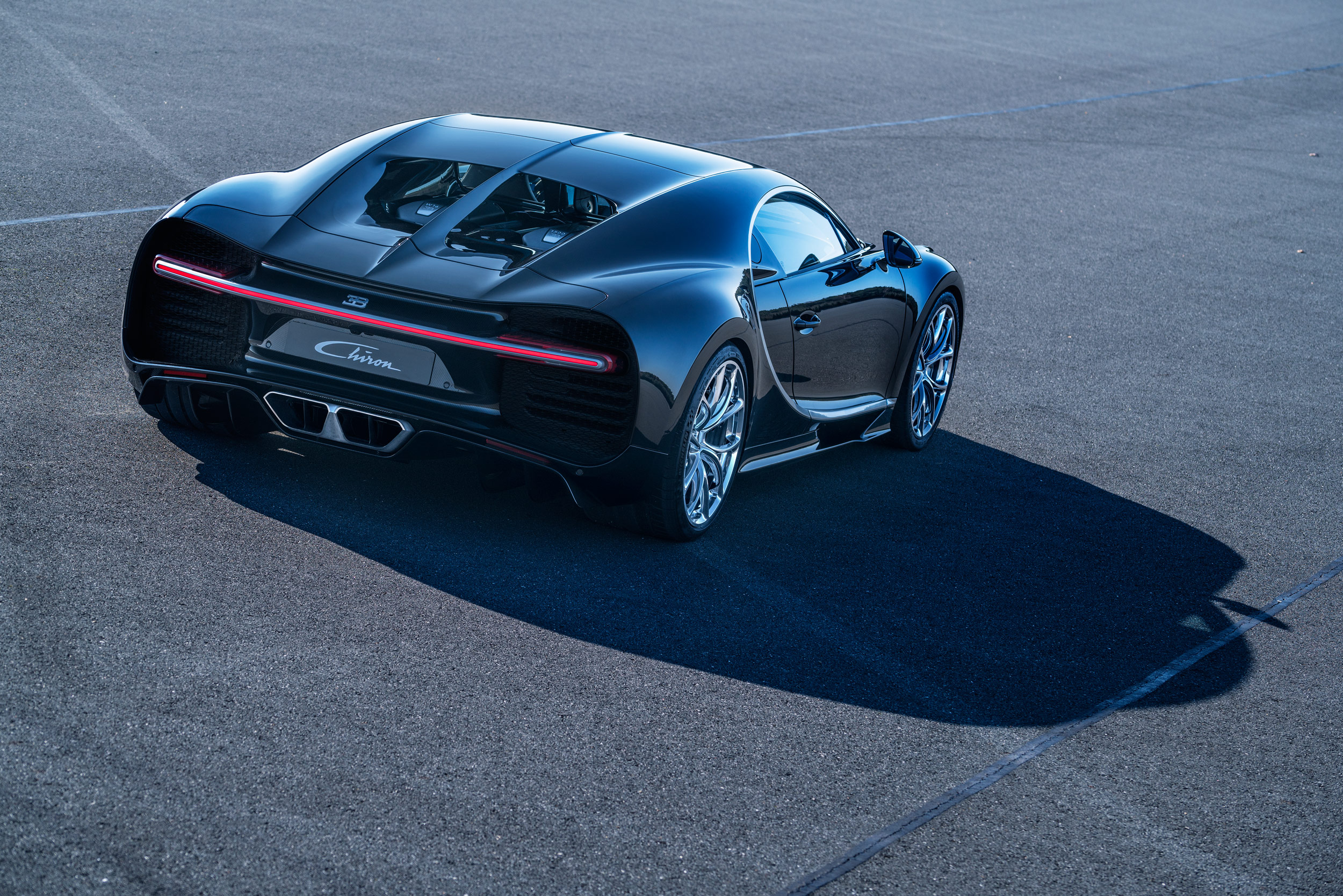
Bugatti Chiron
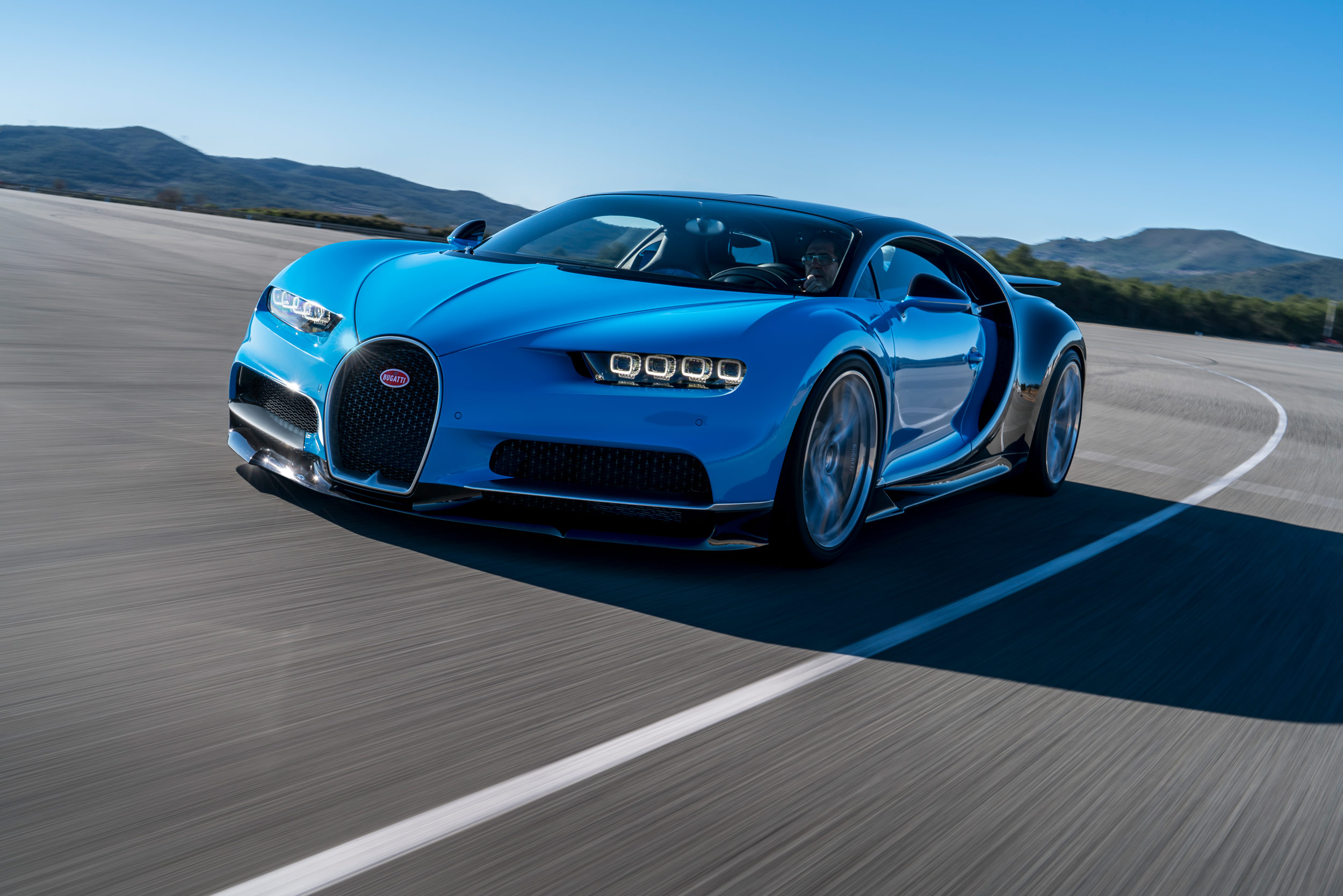
Bugatti Chiron
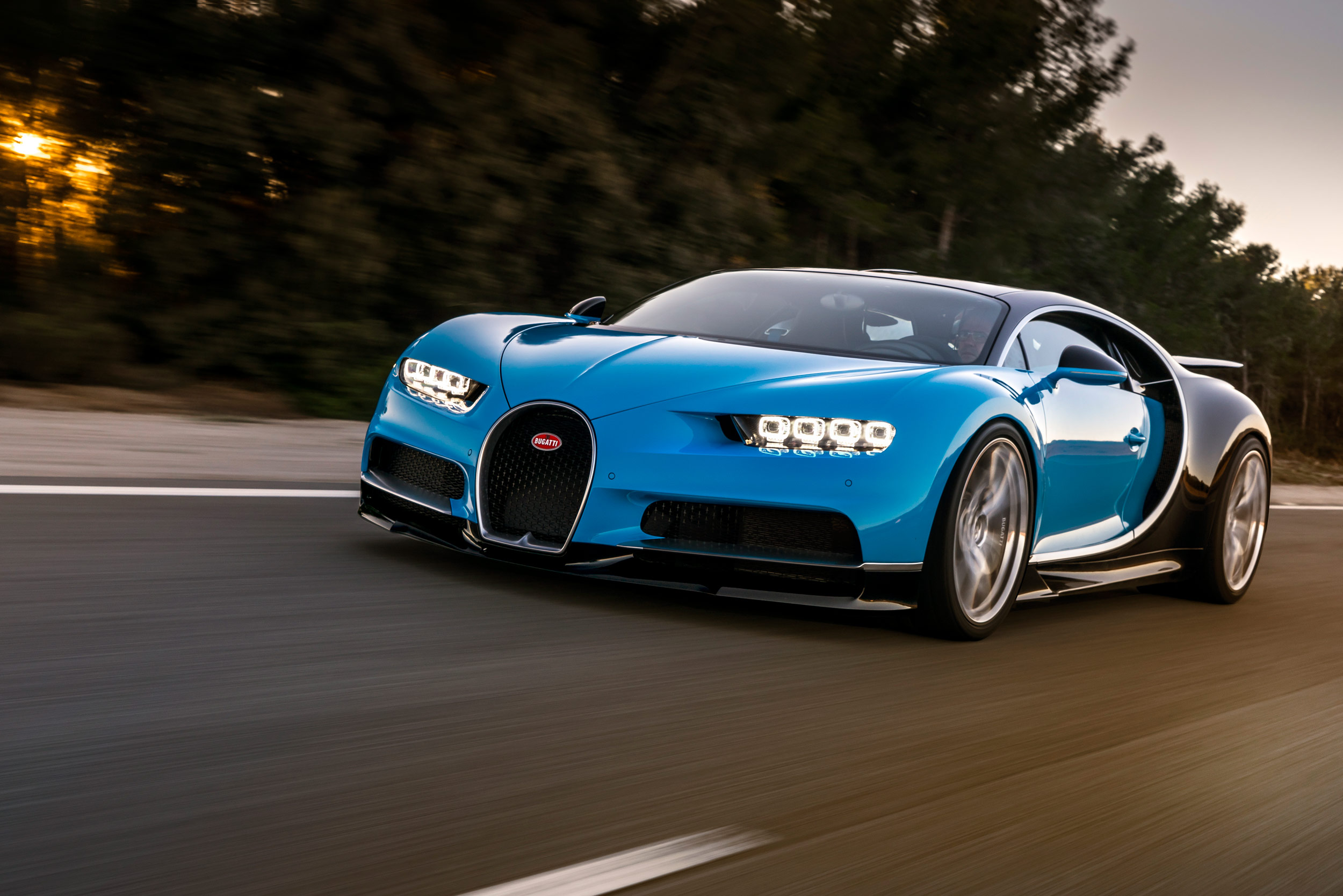
Bugatti Chiron
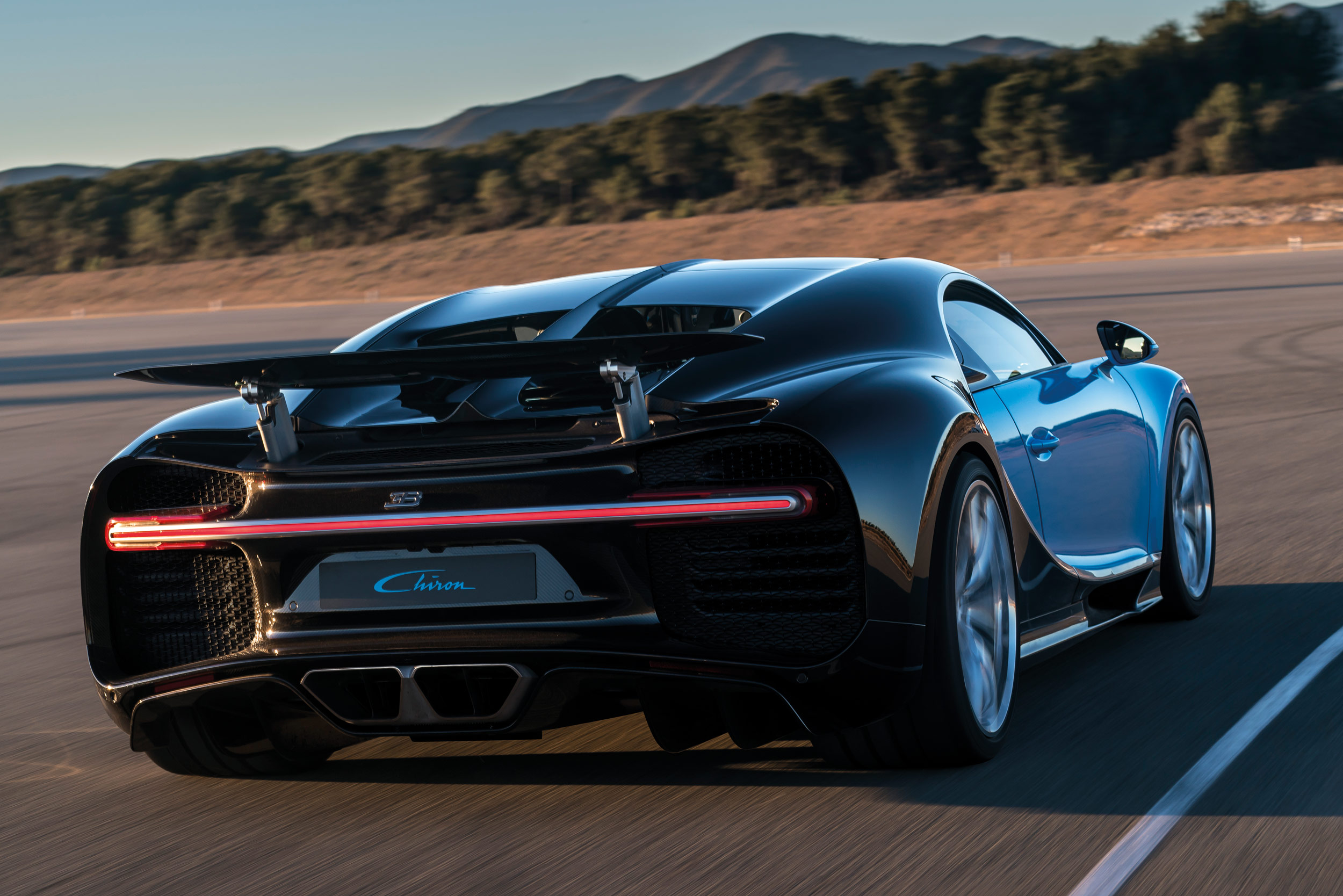
Bugatti Chiron
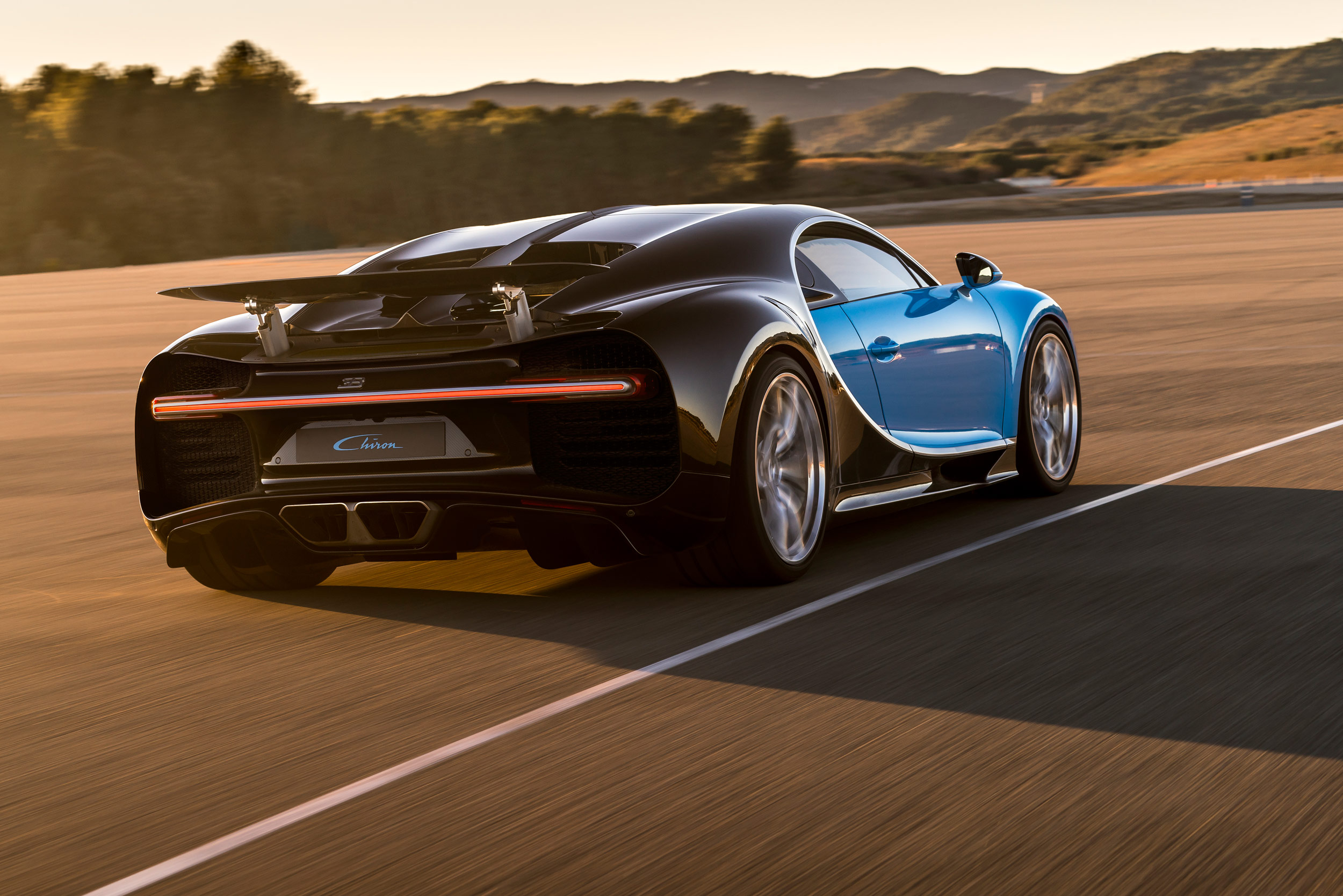
04_chiron_dynamic_front_web

